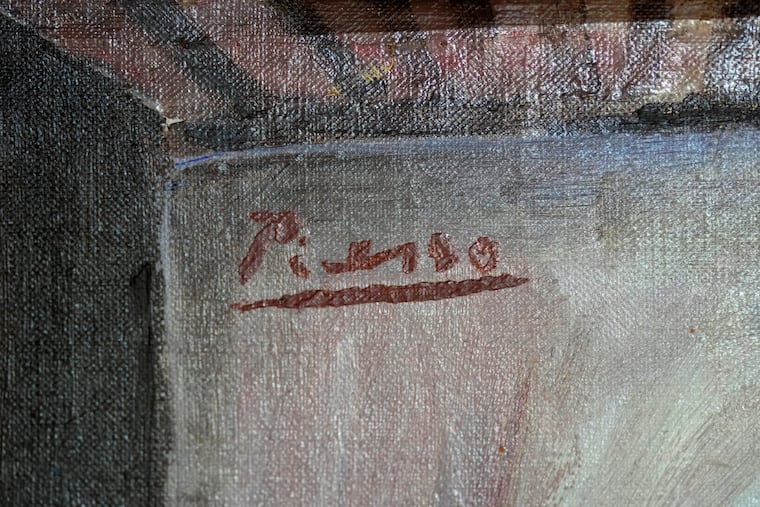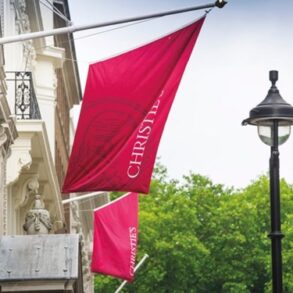
Carter P. Reese has had a distinguished and varied life in the Reading area.
The 77-year-old, who has three master’s degrees, worked for years at Pottstown’s prestigious Hill School — as a fine arts and history teacher and later as director of admissions.
He and his Harvard-educated wife co-founded and later sold an international company that helped students gain admission to elite American boarding schools and universities.
He was Taylor Swift’s next door neighbor in Wyomissing before she moved to Nashville to record her first album. At one point, he even owned the house where Swift lived with her parents — and where she is rumored to have gained inspiration for some of her earliest hits.
And Reese was a prolific antiques collector, with some 17,000 toys, model trains, furniture, Oriental rugs, and other items. He once described his collection in court documents as one of the largest and most diverse in the United States, with a total value of more than $6 million.
But this week, Reese added a more dubious distinction to his resume: a criminal conviction for dealing counterfeit art.
In federal court in Reading on Thursday, Reese admitted that for two years, he’d sold and tried to sell forgeries of paintings by artists including Pablo Picasso, Andy Warhol, Jean-Michel Basquiat, and Jean Cocteau.
Between 2019 and 2021, Reese approached potential buyers with artwork from those artists and others that he described as authentic. He said he bought the pieces from art collectors, including a man who died in 2013, and someone he called Ken James.
In reality, the man who died had never owned the pieces Reese was attempting to sell. And Ken James was a fictitious name for Reese’s real supplier, who’d been convicted in Chicago years earlier of selling about $1 million of counterfeit artwork, including some that he bought on eBay and doctored to appear original.
To deceive his would-be customers, prosecutors say, Reese used fraudulent affidavits or signatures to bolster his lies about the art’s authenticity. Even when some buyers tried to tell him the works were fake — and after at least one warned him about his supplier’s previous fraud conviction — he continued to insist on the art’s authenticity, court documents say.
Reese was arrested earlier this month, and pleaded guilty Thursday to wire fraud and mail fraud. He faces up to 40 years in prison at a sentencing hearing scheduled for September.
His attorney, Jason Hernandez, said Reese “deeply regrets his actions” but has accepted responsibility and “intends to make full restitution to the victims.” Prosecutors not assign dollar amounts to any specific pieces Reese sold, but said in court documents that he could be subject to forfeiture of more than $186,000.
Hernandez said Reese’s behavior was “an aberration to an otherwise fully law-abiding and socially productive life,” and noted that Reese has has helped thousands of children over the years to reach college, including at universities such as Harvard, Princeton, Johns Hopkins, and Georgetown.
In a curious twist, Reese appears to have had at least one experience with the other side of a counterfeit scheme.
In 2019, Reese said he had been ripped off by people hired to sell some of his antiques collection after he and his wife were having financial trouble, according to court documents he filed in a bankruptcy case.
Reese said the people running the sale deliberately sought to depress the value of his merchandise, including by pulling items apart or displaying them in messy boxes.
And in one particularly notable instance, Reese said, the group intentionally highlighted a piece he’d been duped into buying years earlier — a toy house called the Burning Building that he’d purchased for $20,000, only to later learn that it was a replica of a true antique.
Reese said in court documents that the sellers’ decision to highlight a fake was an intentionally deceptive move — an attempt to raise concerns with buyers about the credibility of everything else in his collection.
“The prominent display of the fake Burning Building,” Reese wrote, “signaled that this was a junk sale.”
This post was originally published on this site be sure to check out more of their content





